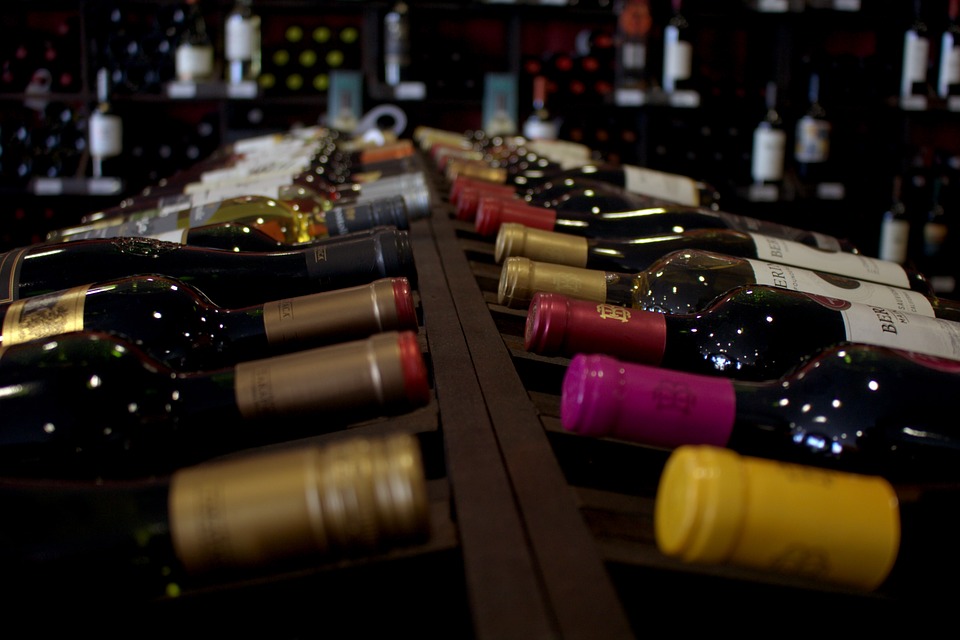



Article by: Hari Yellina
Following a season marred by extreme weather, winemakers from across South Australia’s key grape growing districts have reported yields that are 10 to 15% below average, with fruit quality adversely damaged by hail storms. Though the harvest is still a few weeks away, grapes for cabernet and shiraz have commenced to be harvested, and industry insiders are quietly optimistic about the quality. However, while export trade issues persist, industry representatives say it’s unclear whether these grapes will find a market. In the aftermath of China’s tariffs on Australian wine in particular, export issues are “definitely” a problem, according to Riverland contractor Andrew Weeks, who said the impact on SA growers was still undetermined but showing symptoms of significant impediments.
“It’s difficult to assess, but it’s undeniably a problem. When contrasted to two years ago, some growers are expecting a 50 percent price drop,” he stated. “The position for reds isn’t good.” Mr Weeks said the severity of the impact would depend on whether individual producer purchase arrangements were significantly dependant on the Chinese export market – and whether grapes would simply be left on the vines unharvested. “It’s impossible to say how much won’t sell this year. Growers will very certainly be impacted by the combination of issues.” On a more positive note, in the Riverland, most grape growers who were prevented from losing their whole crop due to storm damage have mostly recovered. “It’s been really bad for the growers that were impacted, with some losing their entire harvest and others losing up to 50 percent, but it wasn’t widespread,” Mr Weeks added. “Growers around Renmark were hard impacted, and yields are down 10-15%, whether due to storms or not.” However, grapevines may recover to some extent, and most have.
Kym and Troy Kalleske of the Barossa Valley started harvesting on time, in early March, and are pleased with the results so far, despite being pounded by hail. “Hail and strong winds smashed grapes onto the grounds on about 25 acres (10 hectares) at Greenock,” Mr Kalleske said. “We had to pick white grapes early because of it, and we lost roughly 20% of our crop.” Despite the fact that the Kalleske’s sell 90 percent of their wine in the domestic market, Mr Kalleske claims that overseas transportation is generating “significant” problems for the industry. “Those attempting to import wine into the United States or Europe are likely to have a stockpile of wine in their wineries due to shipping limits,” he said.
According to Grape & Wine executive officer Lian Jaensch, the Langhorne Creek region has had a sluggish start, with the mild weather pushing vintage back by around two weeks. “Because of the cooler weather, we are just getting into the red types now,” she explained, “although we have had some great ripening days in the last two weeks.” The quality, according to Ms. Jaensch, has “chuffed” cabernet farmers.
The McLaren Vale region’s vintage began “slowly” in early February, according to Grape Wine & Tourism grower engagement officer Rachel Williams. “With the mild summer, it’s been a slower start this year,” she remarked. “Because of the humid weather and uneven ripening, there has been some disease pressure this vintage. As a result, yields are lower than previous year.” So far, both viticulturists and winemakers have reported that the grape quality has been superb. The majority of vineyards will be harvested by the end of this week, and while harvest began late this season, it is expected to complete on schedule.